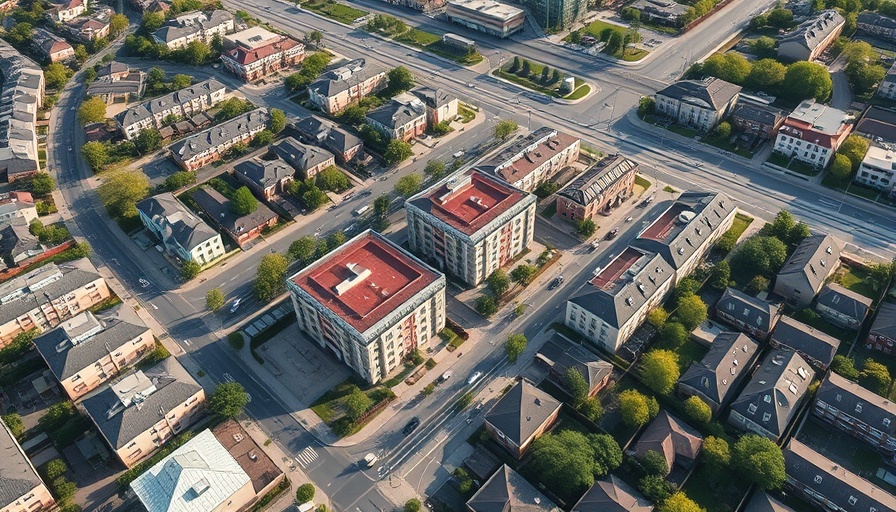
Transforming Transportation: BART's Bold Housing Initiative
In a significant step towards addressing San Francisco's chronic housing crisis, the Bay Area Rapid Transit (BART) has announced the selection of Pacific Companies and SUDA to construct 620 homes at the Ashby BART station. This initiative not only aims to provide affordable housing options but also to promote transit-oriented development within the Bay Area. With the region grappling with both escalating rent prices and a growing population, such projects are vital in enabling residents to live closer to their workplaces while using public transit.
Why Transit-Oriented Development Matters
Transit-oriented development (TOD) serves a dual purpose: it mitigates urban sprawl and encourages sustainable living. BART's focus on building homes around their transit hubs is intended to reduce reliance on cars, ultimately decreasing traffic congestion and lowering carbon emissions. Furthermore, studies have shown that neighborhoods with easy access to public transportation experience a boost in local economies, benefiting shops, restaurants, and services due to increased foot traffic.
Examining the Ashby Station Project
The project at Ashby represents a part of BART’s broader strategy to revitalize areas surrounding its stations, primarily aiming to create vibrant, mixed-use communities. To invest in such developments means that cities are recognizing the importance of integrating housing with transit, creating an all-in-one solution for residents.
Each home will meet affordability criteria, ensuring that a diverse range of inhabitants can benefit from the project. It’s crucial for local families, especially in an area where the median home price is now upwards of $1 million, to have stable and affordable options. The project is expected to be a model for future developments throughout the Bay Area.
Future Predictions: Housing and Transportation Trends
As cities continue to expand, we can forecast trends based on the success of TOD projects like Sand Francisco's Ashby station development. Experts predict that cities across the U.S. will increasingly prioritize affordable housing linked to public transport systems. This measure will not only support the local economies but will also meet the needs of younger generations who prefer flexibility and accessibility over traditional suburban living.
Public Reaction: Embracing Change and Facing Challenges
The Ashby station housing development is generally welcomed, but not without reservations. Community members advocate for transparency throughout the construction process and subsequently, the management of these new housing units. Questions arise concerning security, the impact on existing residents, and the potential for gentrification, which many fear will push out lower-income families. These dynamics need addressing to ensure a balanced approach to development that respects the neighborhood's character while meeting new demands.
Conclusion: A Step Towards Sustainable Living
The Ashby station housing initiative is part of a larger vision for the Bay Area that prioritizes sustainability, affordability, and accessibility. As construction begins, it will be essential for BART, Pacific Companies, and SUDA to engage the community, offering updates and addressing concerns as they work together to transform vulnerable areas into thriving neighborhoods. This project is a forward-thinking development that could serve as a shining example for similar initiatives nationwide.
For families seeking solutions to the housing crisis and advocating for innovative urban development, the Ashby station project showcases the importance of integrating transportation and housing strategy. Support and awareness can ensure continued progress toward solving the housing challenges that affect not only San Francisco but cities across the globe.
 Add Row
Add Row  Add
Add 




 Add Row
Add Row  Add
Add 

Write A Comment